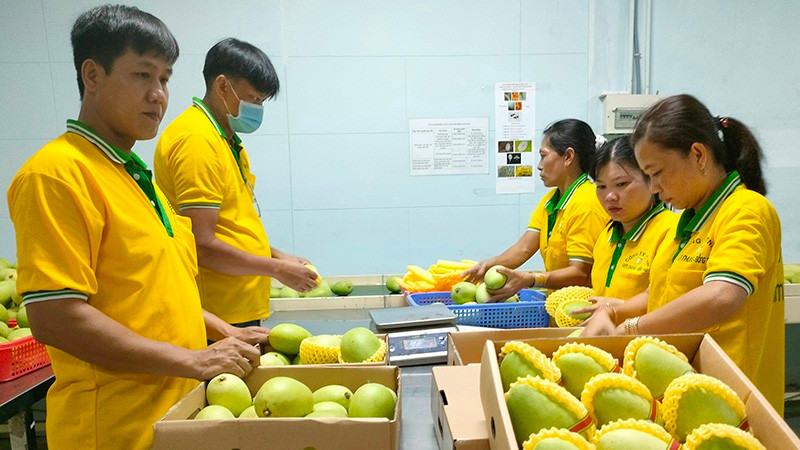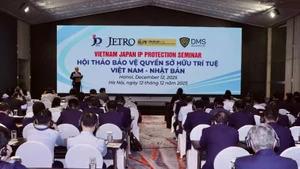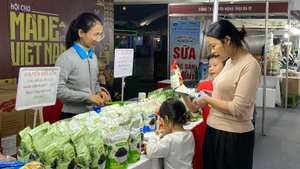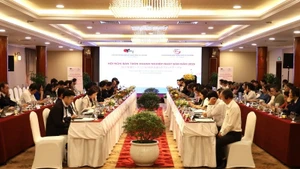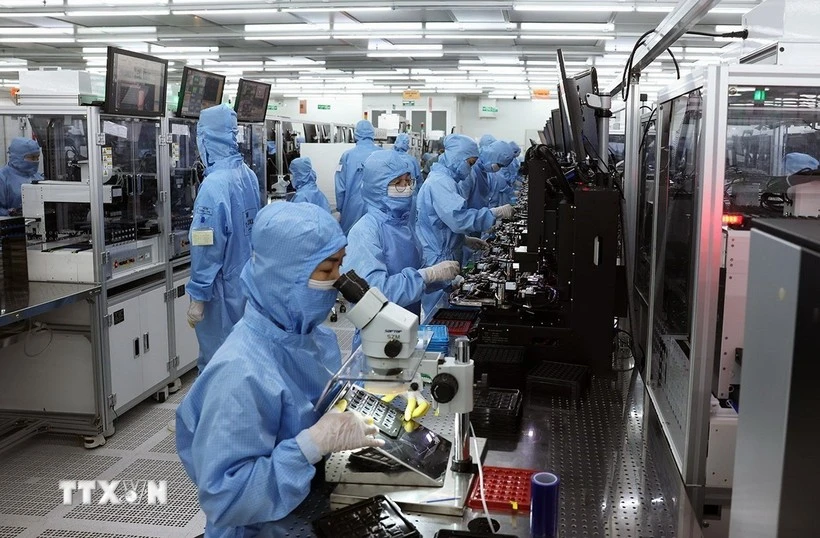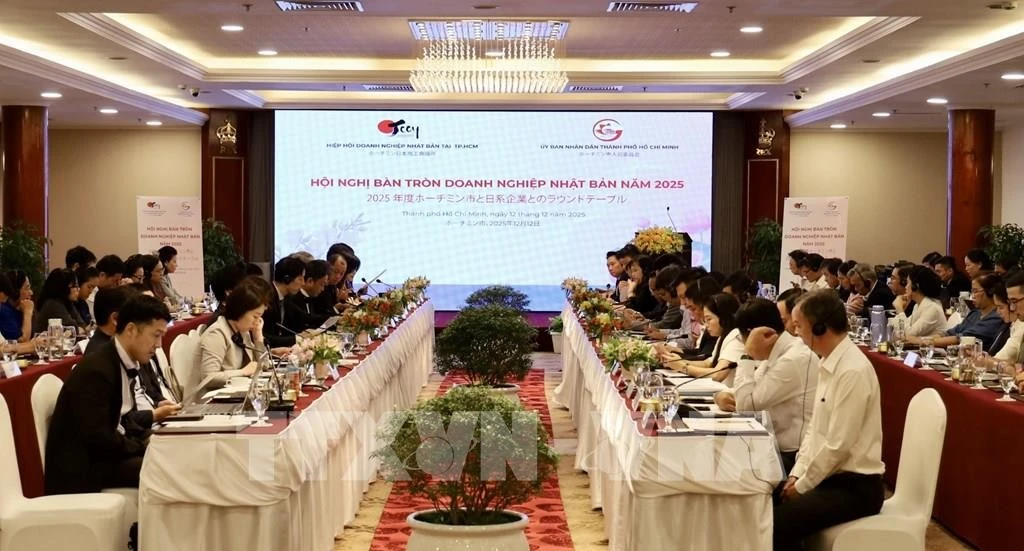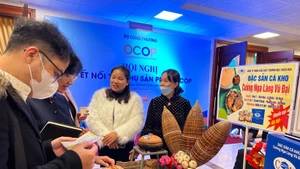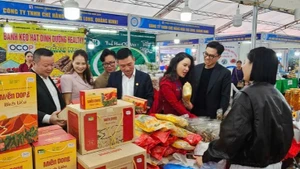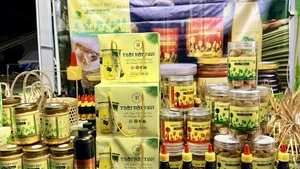According to the Department of Crop Production (Ministry of Agriculture and Rural Development), currently, the mango cultivation area of the country is more than 115,000 hectares, with an output of nearly 969,000 tonnes per year.
The provinces with large mango areas and output are Son La, Dong Thap, An Giang, and Dong Nai; in which, mango is grown the most in the Mekong Delta, with 49,900 hectares.
The mango cultivation area in the country is more than 115,000 hectares, with an output of nearly 969,000 tonnes per year.
In Dong Thap, up to now, the mango growing area is more than 14,000 hectares, with an output of nearly 140,000 tonnes per year. The province has 296 mango cultivation areas, with an area of more than 8,200 hectares, which are granted planting area codes, serving domestic demand and exporting to the markets of China, Korea, Japan, the USA, New Zealand, and Europe.
To improve the value of this fruit, the province has chosen mango as one of the five key commodities of the agricultural restructuring project, thereby helping farmers not only boldly change the farming process in an advanced and safe direction, but also actively cooperate and associate to expand production areas, meeting VietGAP standards, registering plant area codes and meeting export requirements.
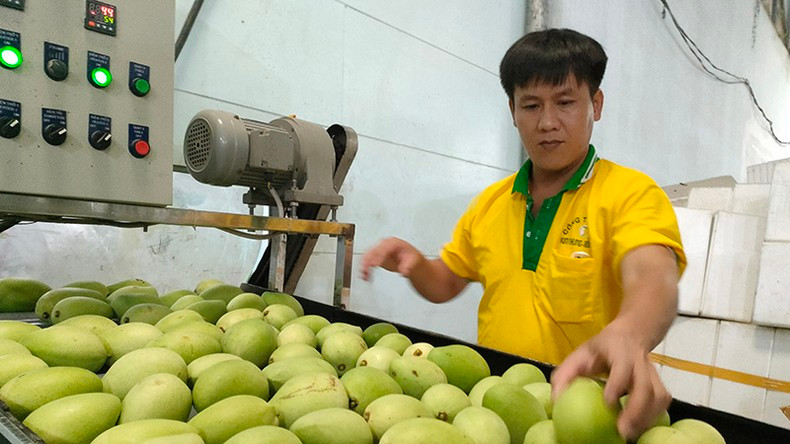 |
| Mango for export at Kim Nhung Co., Ltd., Cao Lanh City, Dong Thap Province. (Photo: Huu Nghia) |
With the My Xuong Mango Cooperative model, My Xuong Commune, Cao Lanh District, is known as the "Kingdom of Mangoes". The model is a way to diversify methods of promoting mango - a local speciality fruit.
The outstanding advantage of this model is that the entire production process is carried out according to VietGAP standards, ensuring food safety and hygiene, and at the same time, helping farmers apply science and technology, creating a bond between farmers and mango owners, thereby increasing the value of mango trees.
In addition to the achieved results, at present, Vietnam's mango production still has many limitations which makes it difficult for investment, quality management, and consumption.
According to the assessment of Vietnamese trade counsellors in Europe, the US and Japan, the room for mango exports from Vietnam in general and Dong Thap province in particular to these markets, is still very large. These are markets with high import demand for mangoes but also demand in terms of quality.
For mango exports, it is necessary to invest more in the preservation and transportation of mangoes. In addition, it is necessary to connect mango growers with exporters and packers.
According to the Director of the Department of Agriculture and Rural Development of Dong Thap Province Nguyen Van Vu Minh: "The province always focuses on developing mango into a spearhead industry in the direction of large-scale specialized farming, and at the same time encourages people to promote the application of science and technology in production, to improve product quality; promote the development of codes of planting and production areas according to safety standards, in association with traceability towards serving domestic and export markets.
To improve the value and sustainable development of the mango industry, in the coming time, localities need to review and plan for concentrated production, forming production linkages in chains. The relevant ministries and branches need to step up the search to expand the mango consumption market and continue to negotiate with other countries, to expand official export markets.
For the domestic market, localities need to build brands to ensure stable consumption to improve production value and income for people.
Localities also need to have policies to attract businesses to invest in the production, preliminary processing, processing and export of mangoes and mango products; encourage, support to promote the formation of organizations associated with mango production; step up certified production, to meet food safety standards, to grant planting area codes, to produce according to the direction of cropping to help ensure supply and consumption; have policies to support digital transformation for the mango industry.
In addition, it is necessary to support organisations and individuals in building mango product brands, associated with geographical indications; promote trade promotion, and expand the market for domestic and foreign consumers to know.
